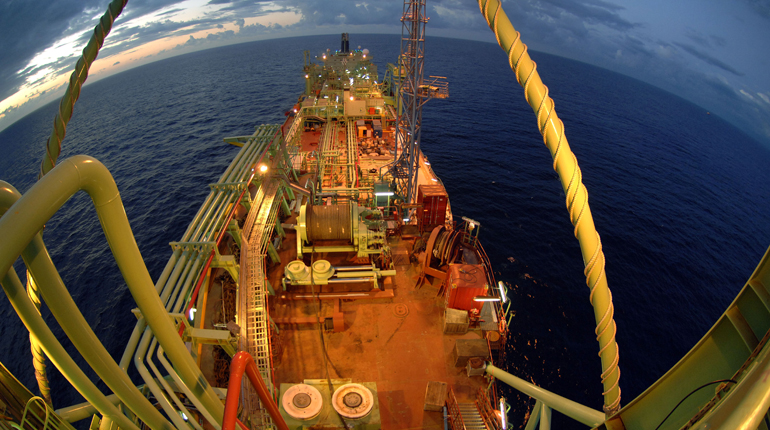Highlights
- Weather-related heating use should boost gas demand over the next few weeks, but this could be short-lived
- Increased regional production is expected to help keep the market well supplied during winter
- Storage volumes remain relatively high for the time of year
- The region's LNG imports will rise on an annual basis over the winter, but not enough to support major price gains
Economic overview
Weak growth in Asia’s largest economies will limit annual gas demand growth this winter.
Japan’s GDP declined by 1.9% on an annual basis in Q3 – a bigger decline than initially estimated. Preliminary figures suggested a 1.6% fall was likely. The Japanese economy is expected to grow by 0.8% in 2015, according to the OECD. This low level of growth will put pressure on the gas market, which is expected to contract next year, particularly if more nuclear plants are brought back online.
GDP* - annual % change
| 2013 | 2014 | 2015 | 2016 | |
| Australia | 2.4% | 3.1% | 2.5% | 3.0% |
| Japan | 1.5% | 0.4% | 0.8% | 1.0% |
| Korea | 3.0% | 3.5% | 3.8% | 4.1% |
South Korea may see stronger economic growth in 2015 – the country’s GDP could expand by 3.8% next year, up from 3.5% in 2014, according to the latest outlook from the OECD. However, the government has targets to improve energy efficiency and limit the use of fossil fuels. This is expected to reduce South Korea’s gas demand in 2015.
Australia’s GDP is expected to grow by 2.5% in 2015, down from 3.1% in 2014, according to the latest OECD outlook. This will have a limited effect on the gas market, however. The country’s LNG exports and supporting production will continue to expand next year and during 2016, when Australia’s annual GDP growth is estimated to be around 3%.
Log in to continue reading...
To continue reading this article, you must have an active subscription. By logging in or signing up for a free trial, you are agreeing to our terms and conditions, privacy policy and cookie policy.



